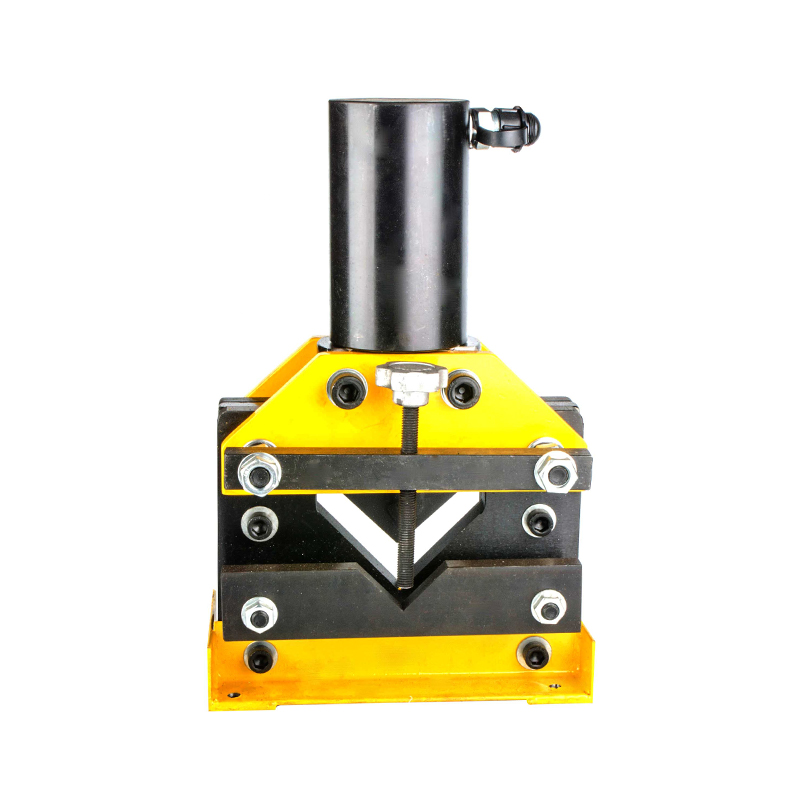



Industrial automation has been a transformative force in the manufacturing sector, and the role of modern angle iron processing machines cannot be overstated in this context. These machines are integral to the efficiency and precision of metal fabrication processes, contributing significantly to the advancements in industrial automation.
Enhancing Precision and Consistency
One of the primary contributions of modern angle iron processing machines to industrial automation is the enhancement of precision and consistency in the manufacturing process. These machines are designed to maintain a high level of accuracy, ensuring that every angle iron produced meets the exact specifications required by the industry. The use of advanced control systems and computer-aided design software allows for the creation of complex shapes and precise angles with minimal human intervention. This reduces the margin of error and ensures that products are of consistent quality, which is crucial for maintaining the reputation of a manufacturing company.
Increasing Production Efficiency
Modern angle iron processing machines are engineered to increase production efficiency by automating multiple steps in the fabrication process. Traditionally, cutting, bending, and shaping angle irons required manual labor, which was not only time-consuming but also prone to human error. With the advent of these machines, these processes can be automated, reducing the time taken to produce a single unit and allowing for a higher volume of output. This not only speeds up production but also reduces labor costs, making the manufacturing process more cost-effective.
Improving Safety Standards
Safety is a critical concern in any industrial setting, and modern angle iron processing machines play a vital role in improving safety standards. By automating the process, these machines reduce the need for manual handling of heavy and sharp materials, thereby minimizing the risk of accidents. Additionally, these machines are often equipped with safety features such as emergency stop buttons and guards that prevent accidental contact with moving parts, further enhancing the safety of the work environment.
Reduce Material Waste
In the context of sustainability and cost-effectiveness, modern angle iron processing machines contribute to industrial automation by minimizing material waste. These machines are capable of cutting and bending angle irons with high precision, which means less material is wasted due to errors or overproduction. This not only reduces costs but also aligns with the growing global focus on reducing waste and promoting sustainability in manufacturing processes.
Facilitating Customization
Another significant contribution of modern angle iron processing machines is their ability to facilitate customization. With the integration of programmable logic controllers and other advanced technologies, these machines can be easily programmed to produce a wide range of shapes and sizes. This flexibility allows manufacturers to cater to diverse customer needs without incurring additional costs associated with manual adjustments or the use of multiple machines.
Modern angle iron processing machines are pivotal to the advancement of industrial automation. They enhance precision and consistency, increase production efficiency, improve safety standards, minimize material waste, facilitate customization, and support quality control. By incorporating these machines into their production lines, manufacturers can stay competitive in the global market, meet customer demands, and maintain high standards of product quality. As technology continues to evolve, the role of angle iron processing machines in industrial automation is likely to expand, further streamlining processes and driving innovation in the manufacturing sector.
Product
Plumbing Tool Crimping Tool Cable Cutter Holemaking Pump Cutting,Bending,Punching Tool Cylinder Cable Stripper Pipe Bender Angle Iron Processing Machine Other Tools

Keep In Touch
